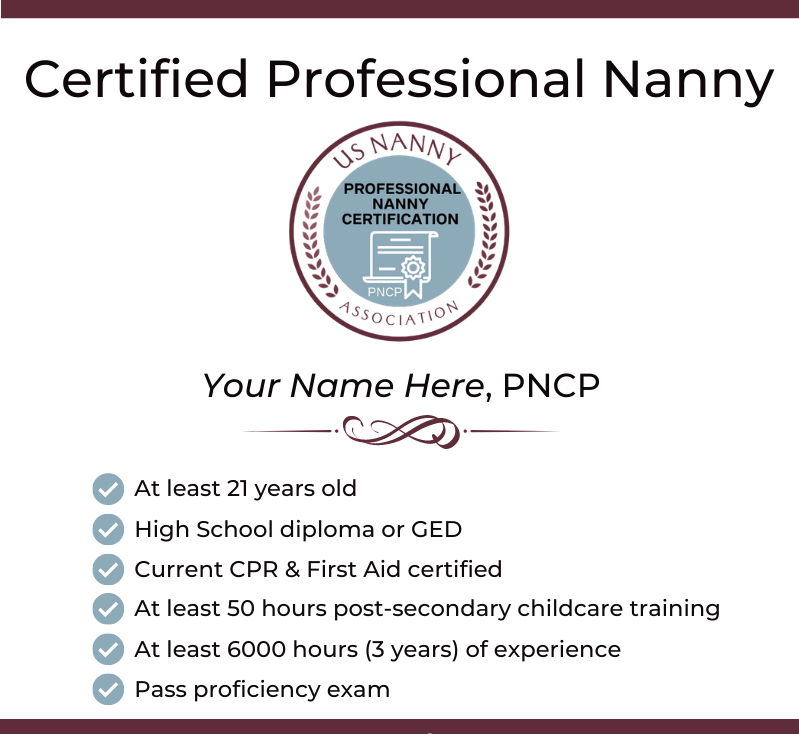Socialization: The Importance of Building and Sustaining Social Capital
Friendliness. Warmth. Reciprocity. Good Will. Are these just touchy-feely terms, or are they critical ingredients for human survival and endurance? Social engineers are deeply discussing the impact of Social Capital on public life, the workplace, politics, land development, economics, and families. In your family and personal life, social capital might be more crucial for healthy, happy living than you think. As we look to improve health and wellness, let’s talk about “Socialization with a Capital S.”
What is Social Capital?
L. Judson Hanifan, a social reformer, first used the term “Social Capital” in 1916 and again in 1920 during a talk at Penn State University. Here is an excerpt from his talk:
“We do not refer to real estate or personal property or cash, but rather to that in life which makes those tangible substances count for most in daily life: namely good will, fellowship, sympathy, and social interaction among individuals and families who make up a social unit. In community building, as in business organization, there must be an accumulation of capital before the constructive work can be done.”
Today, we think of Social Capital as social networks and the morals and reciprocity that emerge from those connections. Simply put: people need people. This is especially true when one becomes a senior adult or undergoes a significant life change, such as divorce, relocation, or retirement.
There are five reasons why social capital becomes critically important and harder to build during transitions:
1. Workplace Changes: After retirement, switching to a home office, taking time off to raise children, or changing jobs, the workplace no longer serves as a source of social capital. One needs opportunities and sometimes help to develop and nurture networks of friendship and common interest when the workplace changes or is no longer available.
2. Life Changes: Senior adults, widows or widowers, those emerging from a divorce, or “empty nesters” have more time to invest in building social capital but may lack the skills or practice they need.
3. Modern Life: The natural aging process, our culture’s busyness, and frequent relocations for work or education reduce social capital.
4. Wisdom and Priorities: Living four or five decades and dealing with trouble and tragedy often allows adults to re-examine their priorities, leading them to crave more and better social capital.
5. Health Benefits: Research shows that social capital is crucial in keeping the brain healthy and engaged. In our stress-filled world, the brain is constantly under attack!
Here’s what health writer Tara Parker-Pope reported in the Wall Street Journal in June 2005:
“The MacArthur Foundation study, which evaluated 4,000 older people from Massachusetts, North Carolina, and Connecticut, focused on the one-third of the group with the highest mental and physical function at the start. Researchers followed up with them three and eight years into the study. They found that those who had a high frequency of emotional support—meaning they often spoke and met with family and friends—were more likely to improve their physical function over time. Having friends and family in your life increases the likelihood that you will get out more, keep moving, and actually improve with age, rather than decline.”
Moreover, the American Psychological Association notes that those who are less socially connected have a lower immune system. Students who reported being “lonely” had worse reactions to flu shots than those who were more socially attuned. Lack of social capital can leave us physically and mentally weak. So, how do you build more and better social capital?
Give Me an S for Socialization
Let’s explore a dozen “S” words that may help to infuse your life with a healthy dose of social capital:
1. Set up the physical environment of your home, office, church, or campus to encourage social interaction. Use cozy groupings instead of long work tables, colored bulbs in lamps, warm paint colors, and plenty of greenery. Colors, scents, and textures that induce warm, relaxed feelings may help build social capital. Create small lounges or meeting areas, including benches and rocking chairs in unexpected places, both indoors and out.
2. Sew the seeds of social capital with simple “meet and greet” activities at the start of sessions, meetings, or gatherings. Don’t leave folks on their own to make friends. As teenagers say today: “Hook them up.” Try an activity like “Match-Maker” found in the box at the end of the article.
3. Send the right message yourself if you want to increase social capital. Use eye contact, proximity, smiles, and gestures to help those who may feel reserved or lonely to open up. Use name tags that are easy to read and attractive.
4. Surround activities with music as a method for encouraging social capital. Music helps people relax, reduces the perception of pain, and increases endurance. This is useful in a senior program. Vary selections of classical, New Age nature sounds, ethnic music, and lively pop to keep things lively.
5. Seek out service activities to build social capital. Research suggests that giving back to the community is crucial in growing social capital. Take advantage of opportunities to mentor, mail letters to military service members, make blankets for shelters, or mingle and greet at community events.
6. Single out individuals who have done interesting things in their lives and listen to their stories. Listening skills help grow social capital, and everyone needs to share. You may need to draw folks out, but giving them a voice can go a long way in increasing connections.
7. Search for ways to involve your family or yourself in the community. Attend local theater shows, band concerts in the park, or other events. The idea is not just to attend, but to play an active role. Can you usher, stamp tickets, or pour punch? Social Capital is an investment by individuals in the fabric of the community.
8. Savor social capital with cooking and eating opportunities where you can play active roles. Sharing food is central to bonding and rituals in our human family. Celebrate ethnic events and religious days. How about a pancake supper for Lent?
9. Share social capital by joining community, fraternal, or religious organizations. Research suggests that membership in these groups has declined. Choose a group that is meaningful and active and attend the next meeting. Better still, invest your time and talents and reap the benefits of social capital.
10. Slide social capital into recreation. Research shows that recreation is a natural extension of social capital. Participate as a group in events like the annual October Breast Cancer walks or other awareness-raising activities. Water aerobics, road races, and yoga are other ways to build endurance and social connections.
11. School your participation in social capital through partnerships with local schools. Read aloud to a kindergarten class, play the piano for a school musical, make costumes for a play, monitor achievement tests, answer the phone in the office, or eat lunch with a lonely child. This builds social capital for both adults and youngsters. Many high schools now require social service or service learning. Perhaps you can match up with one to meet both your needs?
12. Seal social capital with rituals and routines that bring people together. Have Saturday night dinners with candles and wine glasses (wine is optional), birthday parties with themes and games, Wednesday afternoon Bible Study, Tuesday morning water balloon fights on the lawn, and Friday night movies with popcorn and rating cards.
Social Capital gives all of us a reason to live and adds substance and meaning to everyday experiences. Being alone and feeling lonely can be as destructive as any disease unless we take careful steps to weave frequent, fun fellowship into our activities. It is a real challenge for all of us. Researchers at Duke University reported in the American Sociological Review (June 2006) that Americans are increasingly lonely and have fewer friends. What was once natural and accessible must now become planned and deliberate. Even so, the challenges must not deter us when the stakes are so high. Perhaps St. Thomas Aquinas had it right when he said:
“Friendship is the source of the greatest pleasures, and without friends, even the most agreeable pursuits become tedious.”
Dr. Linda Karges-Bone is the author of 34 books, including *Rich Brain, Poor Brain: Bridging Social and Synaptic Gaps in Schools.* She has given keynotes and training in 45 states. Her consulting firm, Education InSite, is a leader in educational training.

We want to thank all the nannies, advocates and business leaders who provide practical tips and insight to elevate our industry. Thank you for sharing your expertise.
The US Nanny Association issues the highest certification requirements in our industry as they require training, work experience, passing an industry exam, a background check and current CPR and First Aid:
- Certified Nanny
- Certified Newborn and Infant Professional
- Certified Professional Nanny
